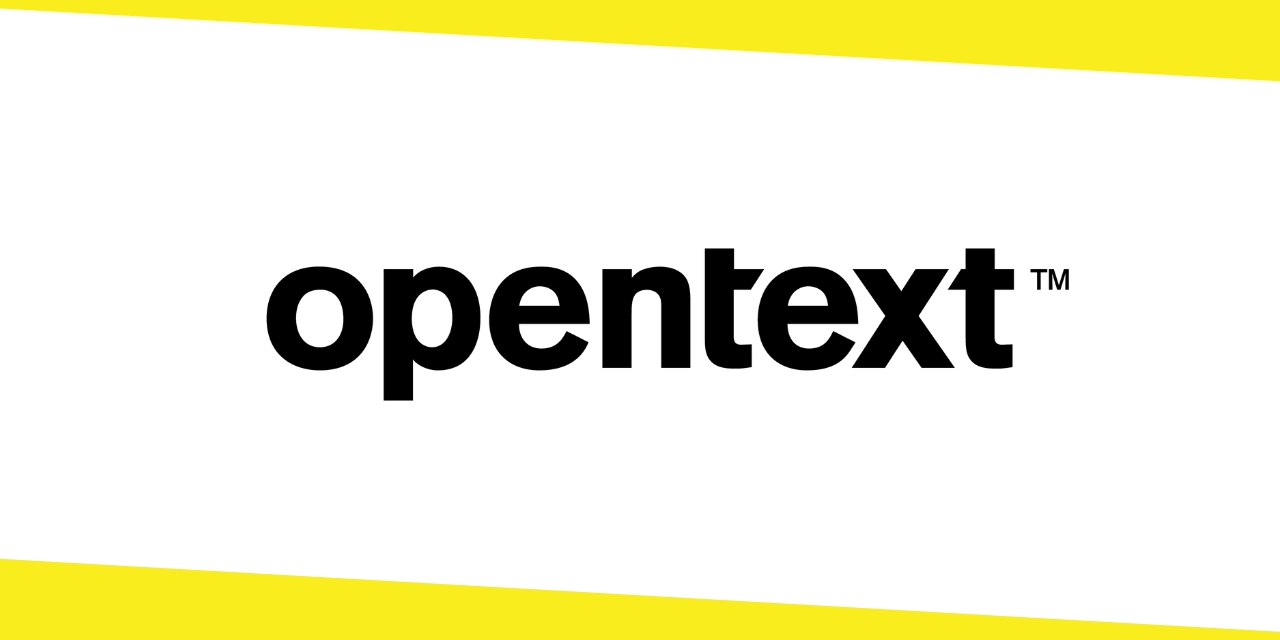Tips for Preparing Your Team for a Migration to SharePoint from OpenText Content Server

Are you contemplating a Tzunami content server migration from OpenText to SharePoint? A successful Tzunami migration necessitates thorough planning and preparation, particularly in terms of your team. In this article, we’ll delve into the reasons for such a Tzunami migration, how to effectively equip your team, and the best practices to guarantee a seamless transition.
Understanding the Need for Migration
Before delving into the preparation process, it’s crucial to comprehend the advantages of SharePoint and the constraints of OpenText that might trigger a migration content server.
Benefits of SharePoint
- Enhanced collaboration: SharePoint provides a robust platform for team collaboration, making it easier to share and edit documents, and manage workflows.
- Improved user experience: The intuitive interface and seamless integration with Microsoft Office make it user-friendly.
- Greater flexibility: SharePoint is highly customizable, allowing organizations to create tailored solutions that meet their specific needs.
Limitations of OpenText Content Server
- Limited collaboration features: OpenText Content Server lacks some of the advanced collaboration tools found in SharePoint.
- Steeper learning curve: The user interface can be less intuitive, which may result in a longer training period for your team.
Preparing Your Team for Migration
Assessing Your Current Environment
Before beginning the migration process, it’s crucial to evaluate your current environment, including the content, structure, and workflows in place. This will help you identify potential challenges and develop a roadmap for migration.
Establishing Clear Goals and Objectives
Set realistic expectations for the migration process by defining clear goals and objectives. This will provide your team with a clear understanding of what is expected of them and help to maintain focus throughout the project.
Developing a Migration Plan
Create a detailed migration plan that outlines the steps and timeline for the project. This plan should include tasks such as data mapping, content cleanup, and testing.
Ensuring Proper Training and Support
Ensure your team is well-prepared for the migration by providing adequate training and support. This may include workshops, online resources, and ongoing support from SharePoint experts.
Testing the Migration Process
Before fully committing to the migration, conduct a test migration to identify potential issues and ensure the process runs smoothly.
Communicating with Your Team
Keep your team informed throughout the migration process, ensuring they understand their roles and responsibilities. Open communication channels can help address concerns and alleviate potential stress.
Best Practices for a Smooth Migration
Choosing the Right Migration Tools
Select the appropriate tools to facilitate a seamless migration process. There are various third-party tools available that can simplify the migration from OpenText Content Server to SharePoint. Choose one that best suits your organization’s needs and requirements.
Prioritizing Content and Metadata
Not all content and metadata may be relevant or necessary to migrate. Determine which content is essential and prioritize its migration. This can help reduce the overall migration time and effort.
Monitoring Progress and Addressing Issues
Regularly monitor the progress of the migration to ensure it stays on track. Address any issues or challenges that arise promptly to minimize delays and potential roadblocks.
Conclusion
Migrating from OpenText Content Server to SharePoint can provide significant benefits to your organization, but it requires careful planning and preparation. By understanding the reasons for migration, effectively preparing your team, and following best practices, you can ensure a smooth and successful transition.
Recommended For You
Why Select AngularJS for Establishing Business Solutions?
Most Inside
Most Inside offers high-quality recommendations and valuable updates to enhance all aspects of your life, providing premium guidance and enriching experiences.




